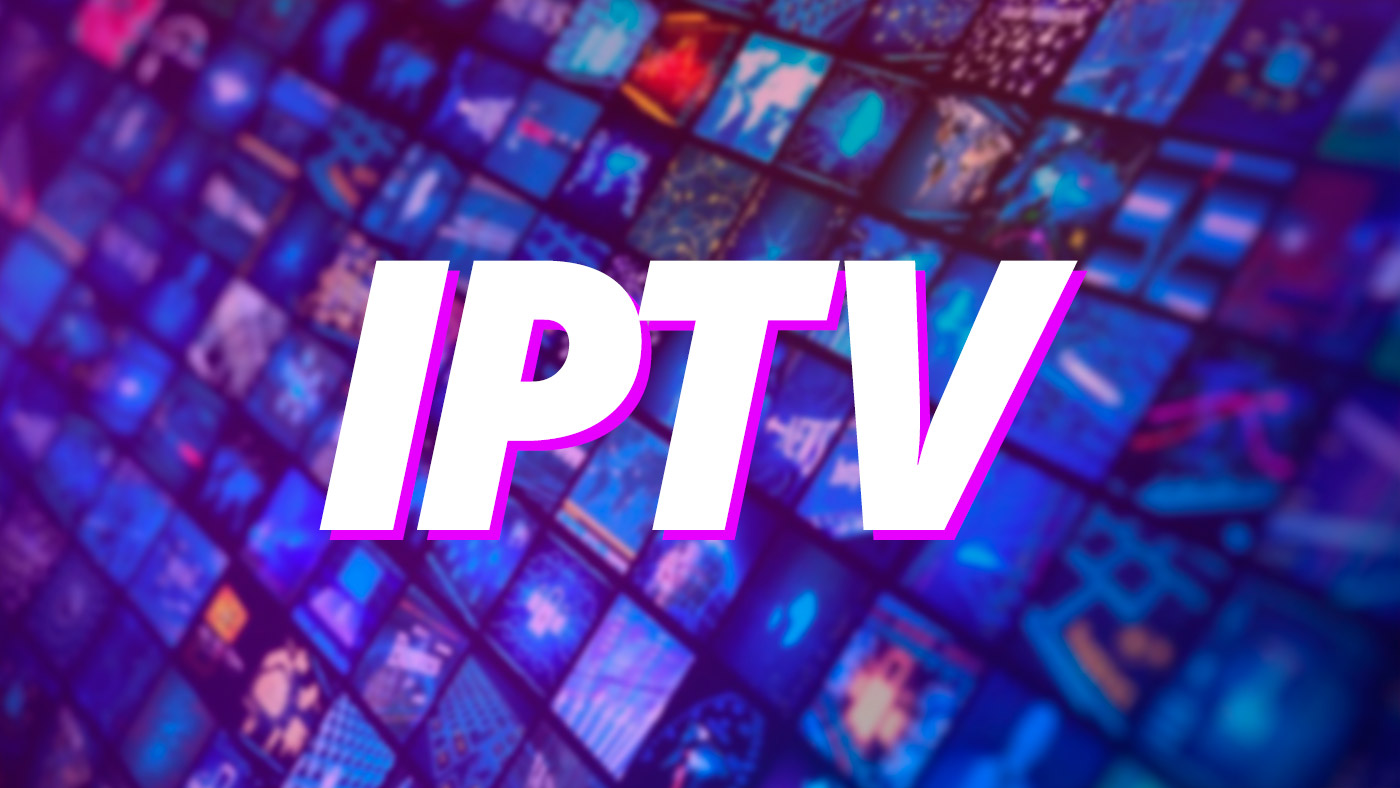Television has undergone a remarkable transformation since its inception, revolutionizing the way we consume information and entertainment. The development and proliferation of TV channels have played a pivotal role in shaping cultural norms, influencing public opinion, and providing a platform for diverse voices and content. This article delves into the history, evolution, and current landscape of scandinavia iptv, highlighting their impact on society.
The Birth of Television and Early Channels
The first television broadcast occurred in the late 1920s, but it wasn’t until after World War II that TV channels began to gain widespread popularity. Early TV channels were limited in number and scope, often government-controlled, and primarily focused on news and educational programming. In the United States, NBC, CBS, and ABC emerged as the dominant networks, each offering a mix of news, drama, comedy, and variety shows. These networks set the stage for the golden age of television in the 1950s and 1960s.
The Cable Revolution
The advent of cable television in the 1970s and 1980s marked a significant turning point in the industry. Cable technology allowed for the transmission of multiple channels, breaking the monopoly of the major networks and introducing viewers to a wider array of content. This era saw the rise of specialized channels catering to specific interests, such as ESPN for sports, MTV for music, and CNN for 24-hour news. The increased competition and diversity of content contributed to the rapid growth of the television industry.
The Digital Age and Satellite TV
The digital revolution of the late 20th and early 21st centuries further transformed TV channels. The transition from analog to digital broadcasting improved picture and sound quality, making television a more immersive experience. Satellite TV providers, such as DirecTV and Dish Network, expanded the availability of channels, bringing even more variety to viewers. High-definition (HD) and later ultra-high-definition (UHD) channels became standard, enhancing the visual appeal of television programming.
The Rise of Streaming Services
In recent years, the rise of streaming services has challenged traditional TV channels, altering the way content is consumed. Platforms like Netflix, Hulu, Amazon Prime Video, and Disney+ offer on-demand access to a vast library of movies, TV shows, and original content. While these services do not operate as traditional TV channels, they have significantly impacted viewing habits, leading to a decline in live TV viewership and cable subscriptions. Nevertheless, traditional TV channels continue to adapt, offering online streaming options and on-demand services to stay relevant.
The Role of TV Channels in Society
TV channels have played a crucial role in shaping societal norms and values. News channels influence public opinion and provide crucial information during times of crisis. Educational channels contribute to lifelong learning, while entertainment channels offer an escape from daily life and a source of cultural exchange. Channels dedicated to niche interests, such as cooking, travel, and science, cater to specific audiences, fostering a sense of community and shared passion.
The Future of TV Channels
The future of TV channels lies in their ability to adapt to changing technologies and viewer preferences. As the line between traditional broadcasting and digital streaming continues to blur, TV channels must innovate to remain competitive. Interactive and personalized content, virtual and augmented reality experiences, and integration with social media are some of the ways channels can engage modern audiences.
Moreover, the global reach of television is expanding, with channels targeting international audiences and offering multicultural programming. This trend promotes cross-cultural understanding and broadens the scope of content available to viewers worldwide.
